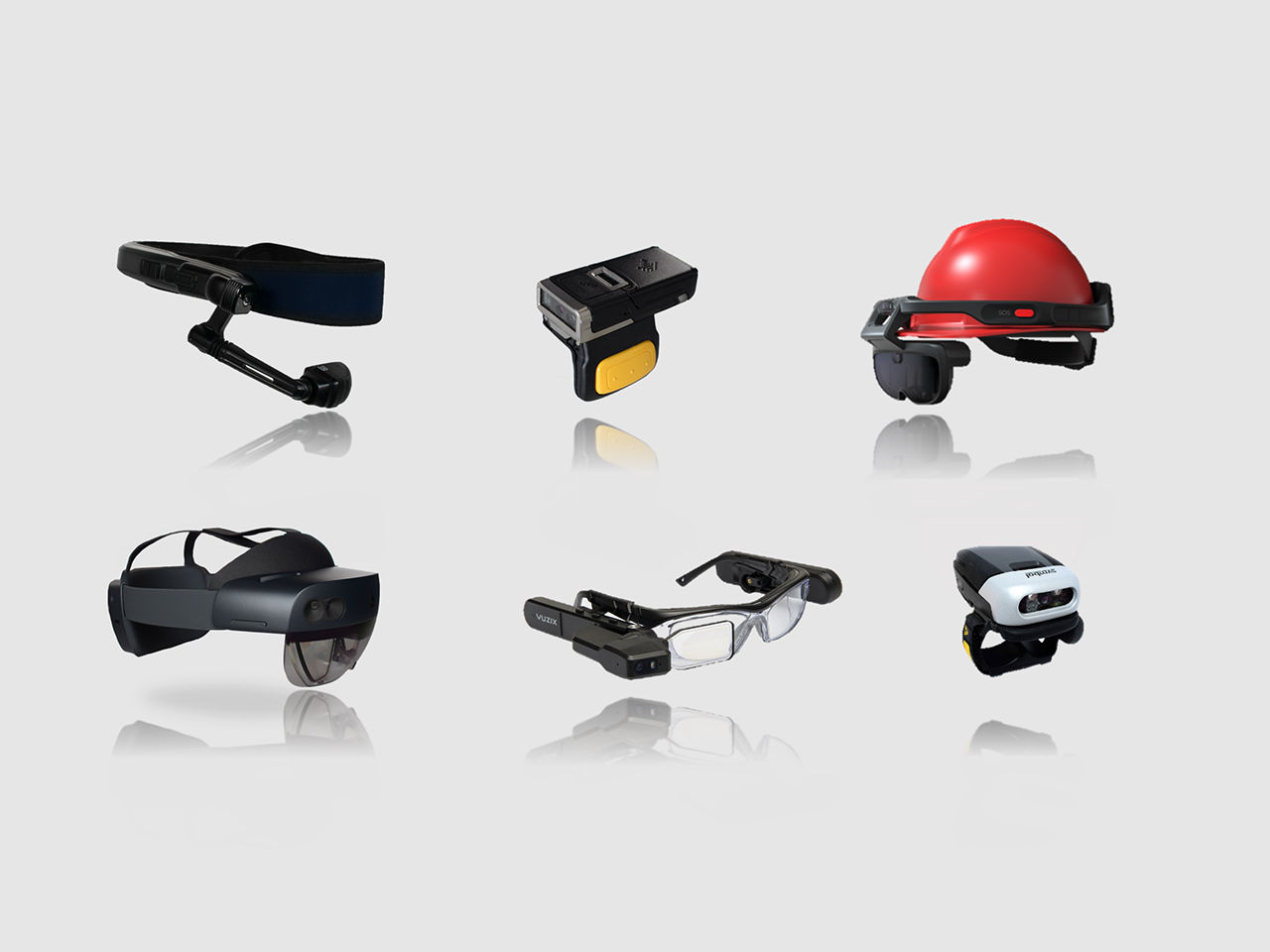Why wearables?
Portable computing devices have a long history dating back to the 80s. However, it took until 2013 to develop head-mounted displays (HMDs) that meet today’s requirements for industrial use. Since then, this technology has taken a significant leap and is being established on shop floors worldwide.
TeamViewer’s AR solutions allow customers to translate processes into assisted, augmented, or mixed-reality workflows. Everything happens right in the worker’s field of vision, increasing productivity. By integrating an extensive range of wearables, Frontline covers any use case.
